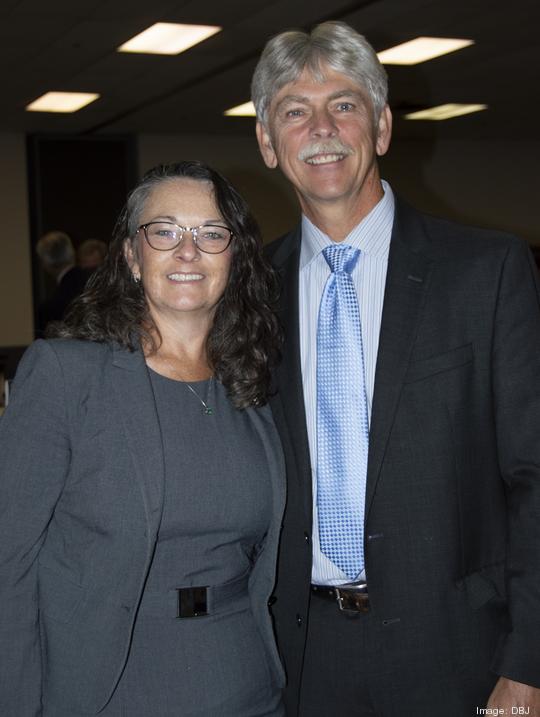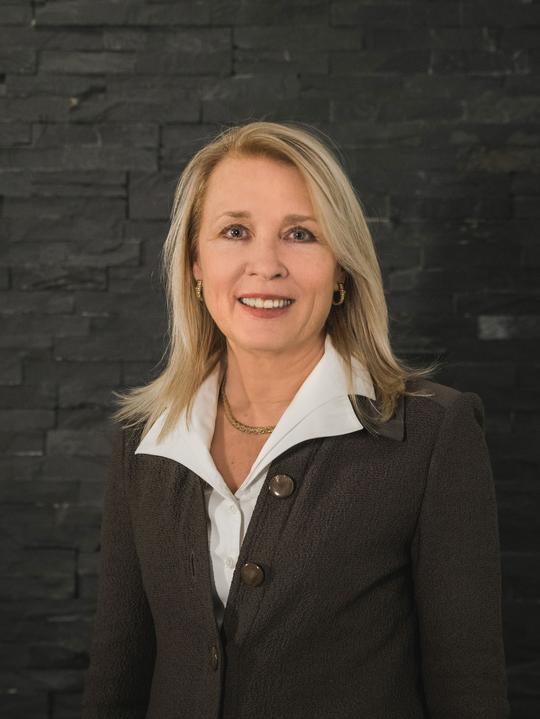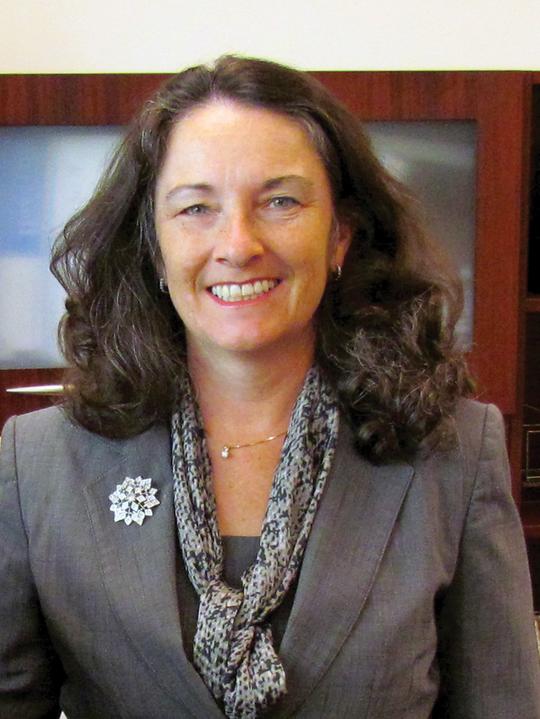
The world of business is ever-changing and highly competitive, with new challenges at every turn. Companies seeking growth at any level find themselves wondering how to move, when and with whom.
The Dayton Business Journal recently caught up with business professionals from the region to hear their own experiences and insights for business growth and partnerships.
Scaling a business
Growing a business from infancy to mega corporation is a long and arduous road. It requires different criteria depending on the industry, level of the company and where it’s moving.
Scott Koorndyk, president of The Entrepreneurs Center, said companies often experience the downward spiral of bad growth and bad expansion without a good foundation or hastily expanding beyond customer or industry needs.
Dawn Conway, CEO of Boost Engagement LLC, said growing too quickly without proper infrastructure can also negatively impact the consumer base and workforce. However, she does encourage anticipating growth and investing up front.
“Growing without looking to the future would be a detriment to a small business," said Jeff Sawdey, chief strategy officer at Sawdey Solutions Services. "You always have to look three to five years out. Otherwise, when your work comes to its conclusion, you'll just vaporize."

Connie Sawdey, CEO of Sawdey Solutions, said the company’s three-to-five-year plan includes preparing for the worst-case scenario. However, she attributes that mentality to their success. She said the company faced harrowing times where planning ahead allowed them to balance an all-hands-on-deck scenario without overwhelming staff.
Alongside growing, a company should maintain a method of operation matching its current level. Koorndyk said larger companies will often have a firm structure, being hesitant for changes or innovation. On the flip side, a smaller company will use flexibility to its advantage, constantly changing its formula to find what is most efficient and successful at the time.
As a large company with over 350 employees, the Sawdeys said their strict processes allow for companywide efficiency where employees can step in for one another at any time without confusion.
Alternatively, Conway values change according to customer feedback and employee engagement. She said the company, with about 50 employees, is careful to note that successes of the past may not be what spurs future growth.
“The willingness to pilot new ideas and the ability to pivot quickly, depending on the outcome, is ongoing,” Conway said. “Innovation comes from customers and employees. Management must be open to listening, accepting candid feedback and not accept ‘but that is the way we have always done it.’”

Koorndyk said these opposing operation methods allow small and large companies to offer to one another what they may be unable or hesitant to offer themselves. After all, scaling a business is not only what a company does internally, but how it works with and develops alongside other companies, externally.
Partnerships between small and large companies
Koorndyk said the region tends to focus on big businesses for community support or problem solving. However, he said small companies deserve equal amounts of consideration, as the source of future economic growth, job creation and opportunity.
Facilitating relationships between businesses ranging small to large leaves room for individual company growth while making the region more attractive, Koorndyk said. It appears that large companies are the ones taking notice of those benefits, reaching out their hands for cooperative projects and partnerships.
“We're increasingly seeing large businesses that do want to engage with small businesses,” Koorndyk said. “They understand the importance to the business culture in the community.”

The Sawdeys said teaming is critical to success and growth in their company. The owners take careful consideration when vetting local companies and relationships. While Jeff Sawdey said teaming may not always be perfect from start to finish, a beneficial deal on both sides allows individual growth for all parties.
Sawdey Solutions Services is currently working on finding additional small business team partners. Connie Sawdey revealed the company often takes the back seat as a subcontractor, allowing the smaller contractors to take the prime contractor position.
This allows the small company to grow its experience and work portfolio while still bringing additional business to the Sawdeys' company. However, Connie Sawdey admitted that it can be challenging to work alongside smaller companies because of the mentorship, handholding and additional help that comes along with inexperienced partners.

Challenges are not unique to small business partnerships, however. Koorndyk said big business partnerships can create problems through conflicting structures and processes. Something Connie Sawdey said the company has faced in their own partnerships with large companies.
For small business owners who may be waiting on a partnership to come their way, it’s not uncommon for small businesses to be the first ones to make a move.
In contracting work, Jeff Sawdey said small businesses sometimes receive government solicitations that are beyond their own means. In those instances, Sawdey Solutions Services has received its own solicitation from smaller contractors to assist in the project and provide additional expertise and resources.
Partnerships between companies in the contracting world and otherwise can come in many forms. Koorndyk said partnering with another company is not purely monetary — with mentorship offerings, additional connections and talent loans.
“We see a lot of large companies that are not necessarily writing a check,” Koorndyk said. “They do remarkable work and are remarkably supportive of small businesses.”
Generally speaking, Koorndyk said the partnership opportunities between businesses at all levels adds vibrancy to the region. While companies are able to facilitate their own relationships, they can also seek the help of local centers like The Entrepreneurs Center for help with vetting and contacting local companies.
“The more we can do to create interaction with an interplay between large businesses and small is going to be really good for the community, not just for those businesses,” Koorndyk said.







